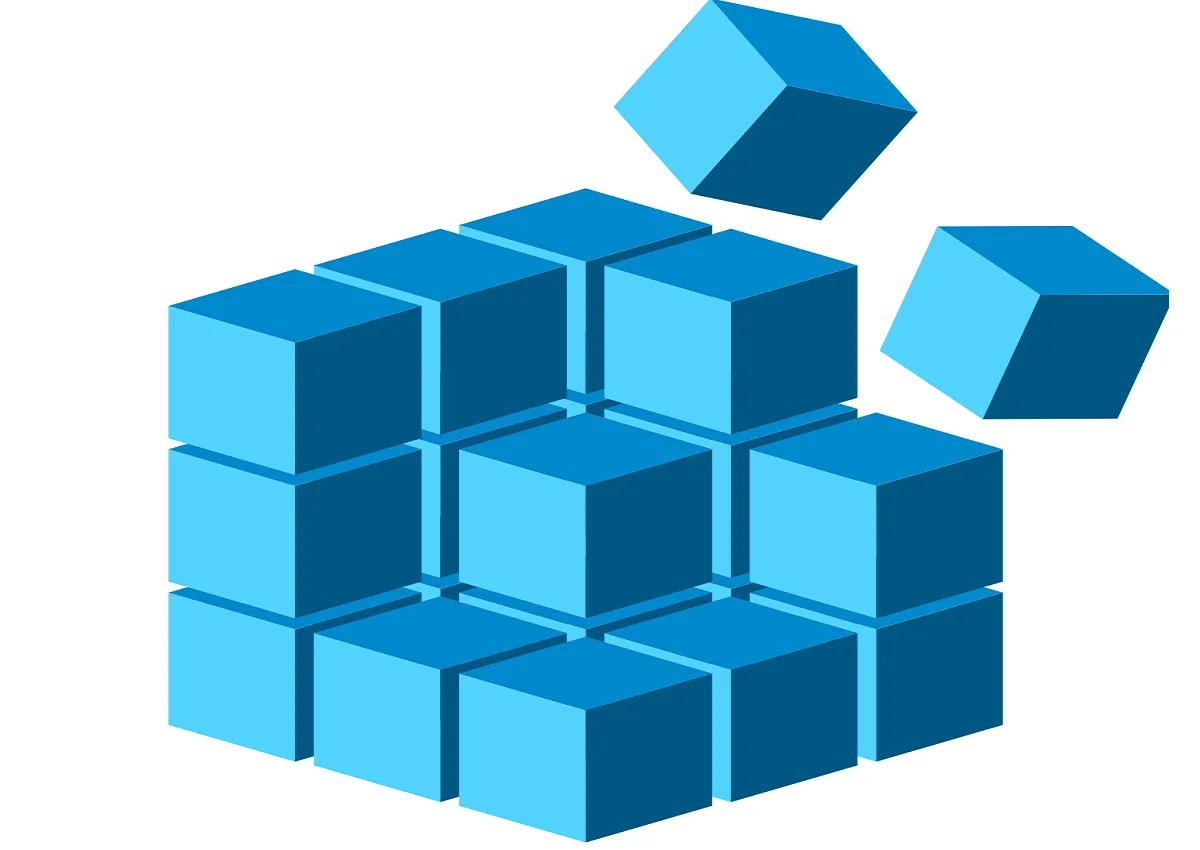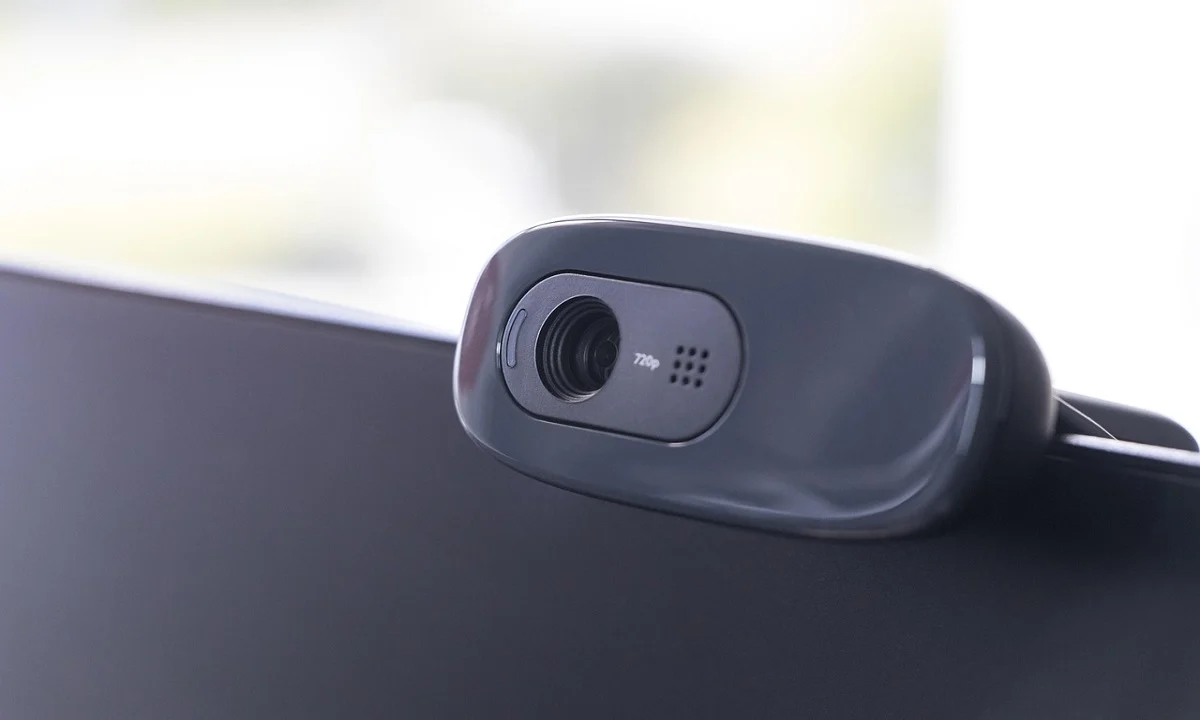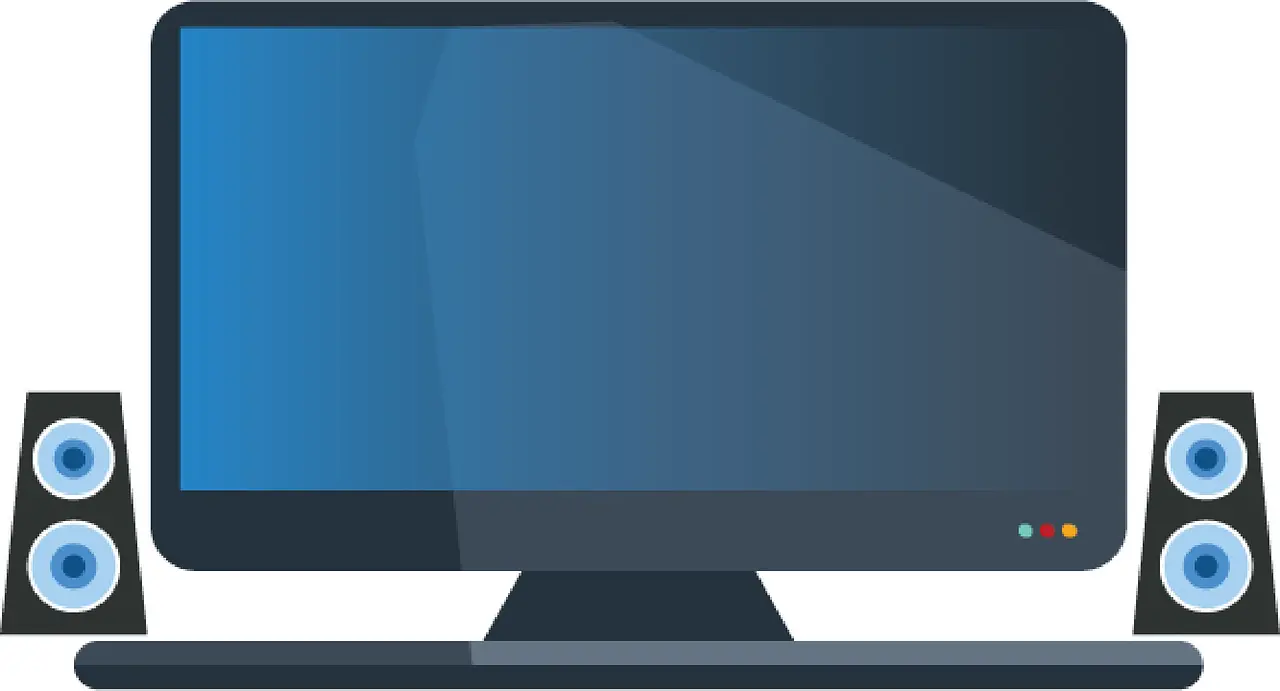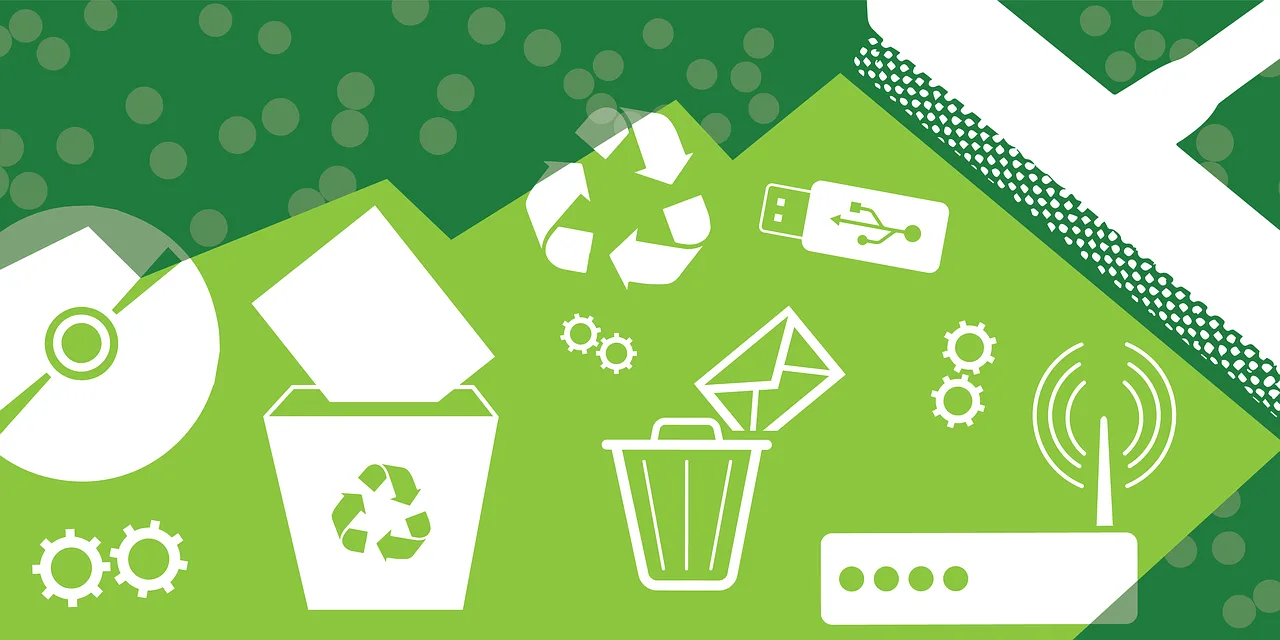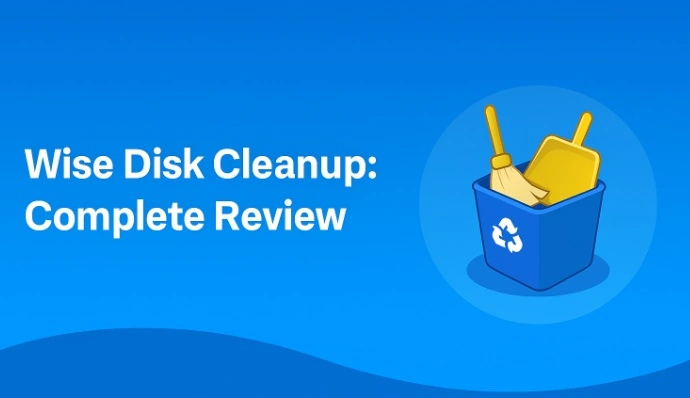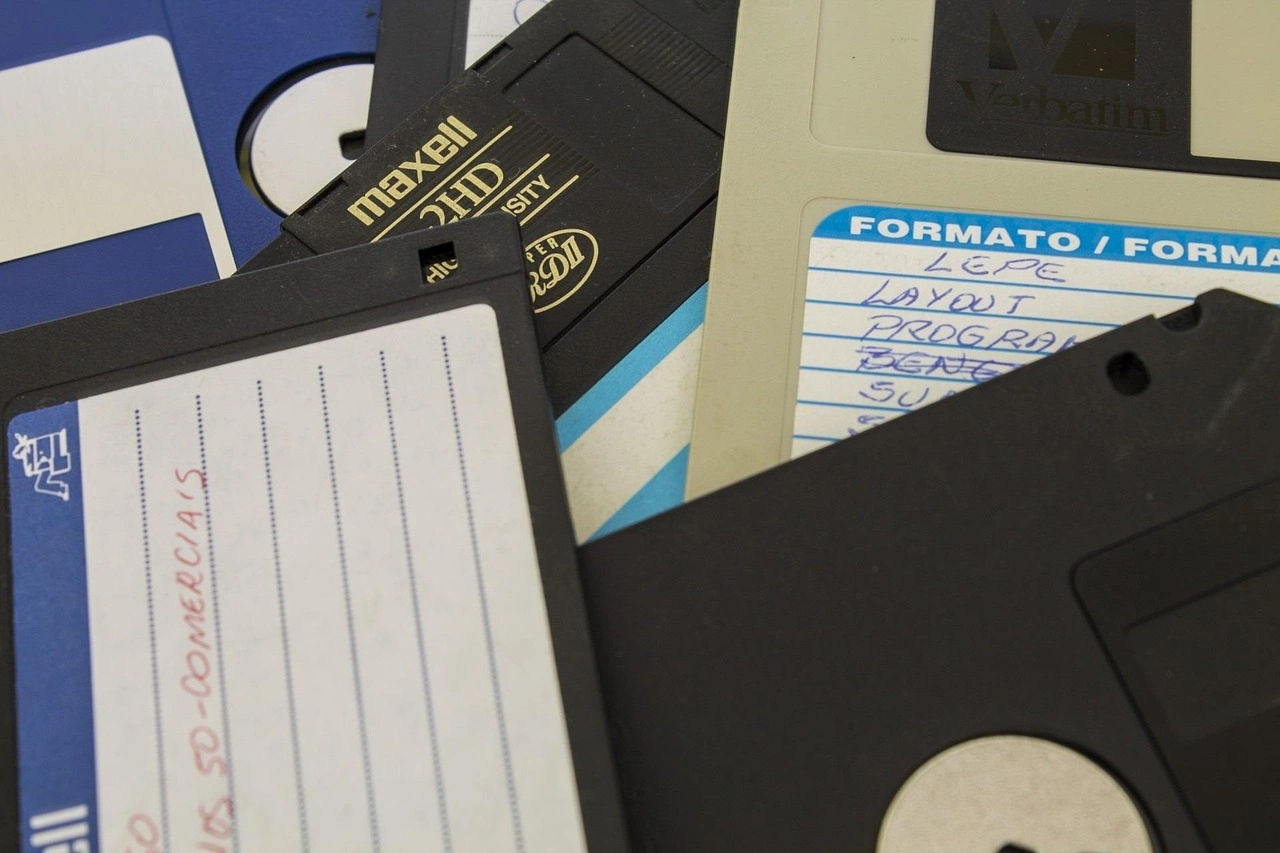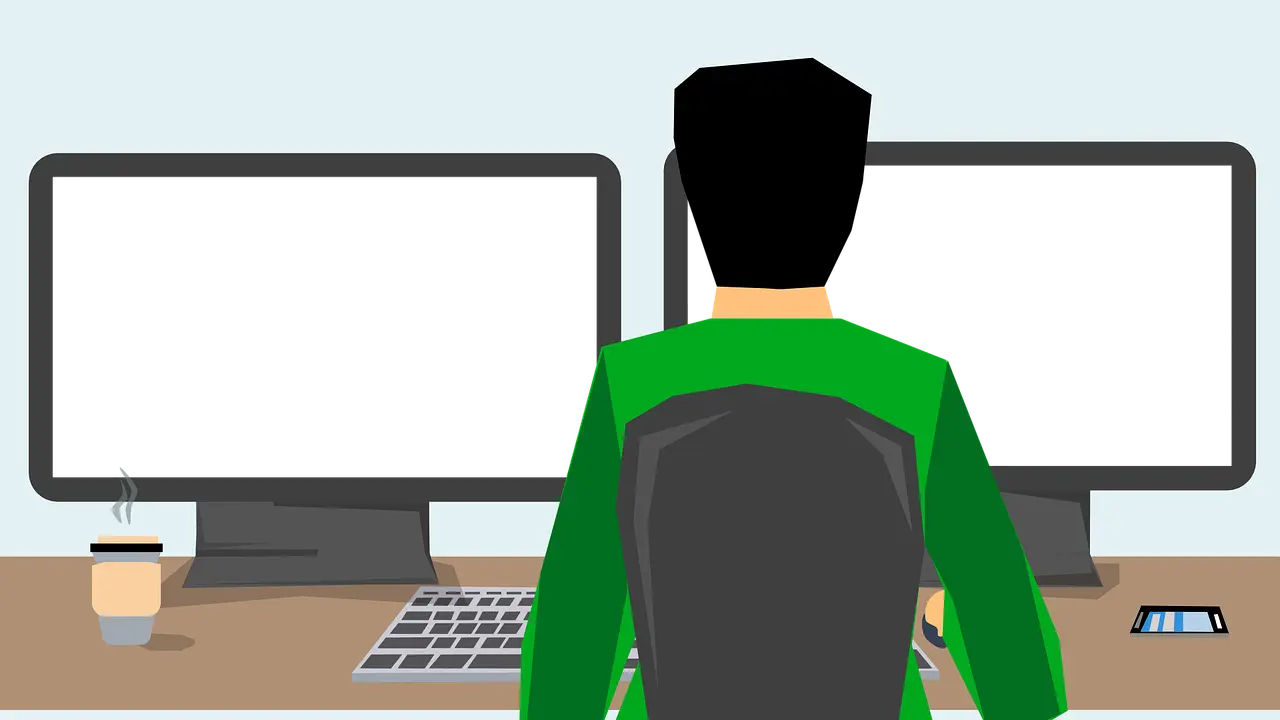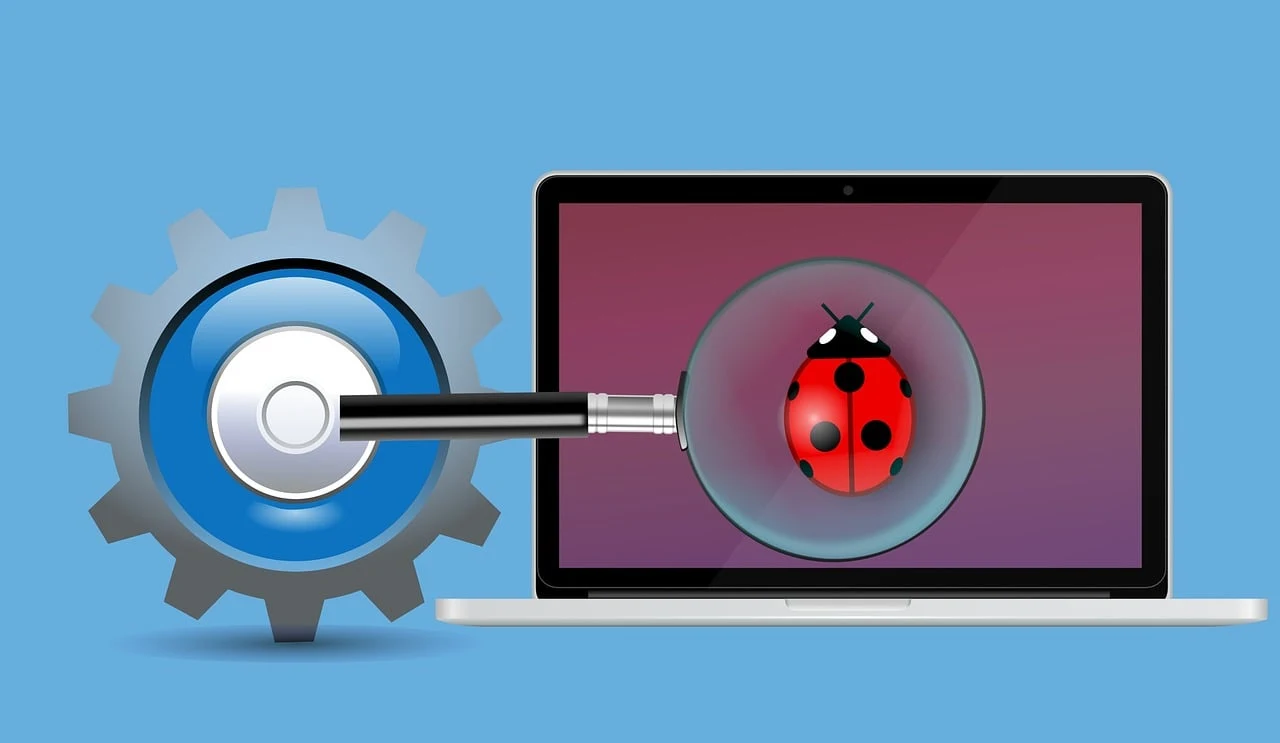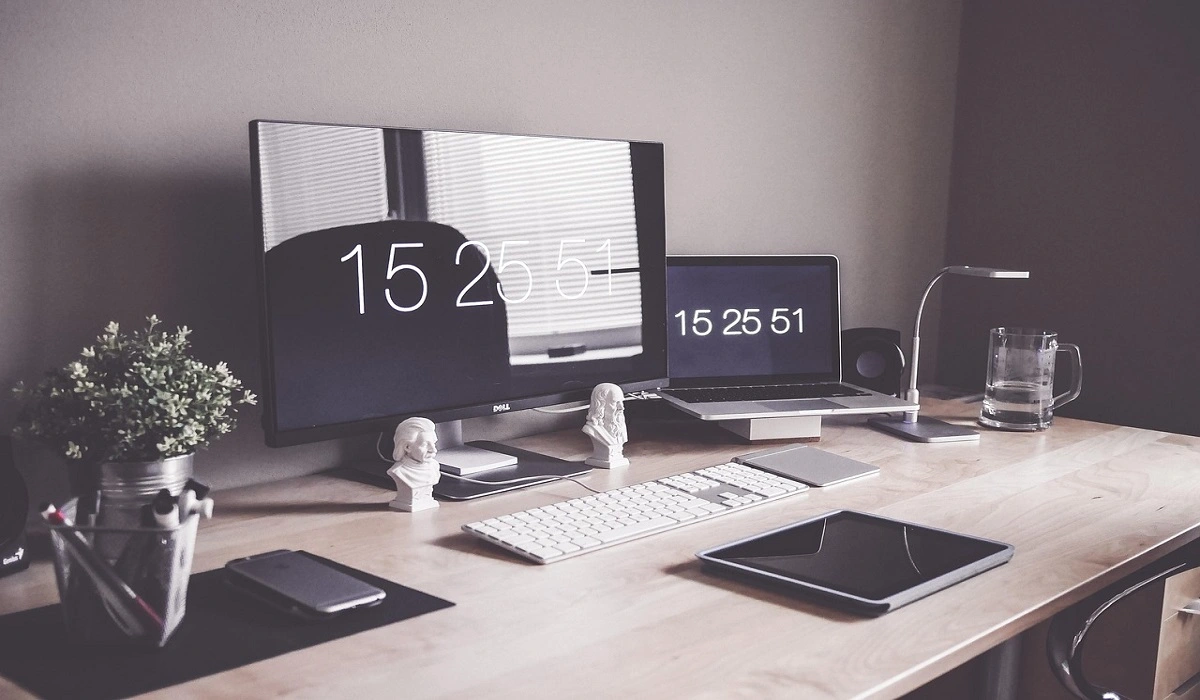How PC Cleaning Tools Work: Complete Gudie
Abstract: This page provides an insight into different ways through which you can clean your computer using the right PC cleaning tools to optimize its performance.
Have you noticed dust accumulation on your PC? Or has the performance of your PC slowed down recently? Is the hardware getting overheated? Dirt and dust accumulation for too long can reduce the performance of your system. Similarly, if too many unwanted files and applications are stored in your system, the performance declines. Thus, clean your PC.
Different PC cleaning tools are available that help in physical and hard disk cleaning to improve the performance of your system. It is advisable to clean your PC physically once a week and remove or delete unwanted and old files. This blog provides a detailed insight on how to clean your PC physically and then remove files and applications to increase lifespan and improve performance.
Part 1: Why is PC Cleaning Needed?
Computers accumulate dust physically over time. As for software, it accumulated malicious software and unwanted files. Not cleaning your PC will lead to overheating, slow performance, and eventually reduce its lifespan. Cleaning the PC regularly helps to optimize the performance of your PC, thereby determining safety, efficiency, lifespan and security.
Part 2: Physical PC Cleaning Using Tools
The tools required to clean your computer physically include:
- Microfiber cloths
- Isopropyl alcohol (99%)
- Dust mask
- Compressed air can
- Cotton swabs
- Anti-static wrist strap
- Thermal paste (for CPU)
- Screwdrivers (when required)
Below are the steps you need to follow to clean the computer:
- Turn off and unplug your system. Then unscrew specific parts using a screwdriver.
- Move your system to a well-ventilated area.
- Use a cloth to remove accumulated dust and dirt from computer exteriors and monitor.
- Use a damp cloth to clean stubborn dirt and grime.
- Clean the vents using cotton swabs damped with isopropyl alcohol.
- Let it dry thoroughly and then put the system back together.
Part 3: Different PC Cleaning Methods
While physical cleaning is important, you must also focus on enhancing the performance of the system through proper system cleaning. Below are some of the key methods for software cleaning:
Method 1: Use Fortect
Fortect is one of the most reliable tools to clean the unwanted and temporary files from your PC. It automates the entire temporary file detection procedure, thereby making it easier for you to thoroughly clean.

Fortect has a premier free diagnostic tool that can detect and fix Windows system issues irrespective of the cause. Fortect helps to free up space, scan and remove viruses that may be slowing down your system. You must download and install Fortect on your system to clean up your PC.
Some of the key features for Fortect include:
- It provides real-time malware protection.
- Fortect offers cloud-based security for advanced threat detection.
- Fortect conducts comprehensive malware scans to find and detect threats.
- Fortect removes unwanted files for optimized PC performance.
Method 2: Empty Recycle Bin
Excessive files in your Recycle Bin, too, can hamper the performance of your PC and make it slow. Therefore, removing the unwanted files from your Recycle Bin can also optimize the performance of your system.
Follow the steps given below to clean or empty the Recycle Bin for optimized performance:
Step 1: Launch the Recycle Bin on your desktop by double-clicking on the icon.

Step 2: Navigate to the Manage tab and browse through all the files. If there is any file that you want to recover, right-click on it and restore.

Step 3: Once you have recovered all the necessary files from the Recycle Bin, click on Empty Recycle Bin under the Manage tab.

Method 3: Disk Cleanup Tool
Disk Cleanup is the built-in tool of Windows that helps to get rid of unwanted tools easily. Microsoft developed it for easy and fast system maintenance. By removing the unnecessary files, Disk Cleanup saves space. Before deleting the files, Disk Cleanup displays how much space will be saved after deleting the particular files.
Disk Cleanup has an easy-to-use interface for faster file removal and optimized performance. Every category will show how much space will be saved. While you control what will stay and be deleted, you get the chance to reverse any changes if required.
You must follow the steps given below to use Disk Cleanup:
Step 1: Open the search window and type ‘Disk Cleanup’ in the dialog box. Press Enter. You will be prompted to select your main drive.

Step 2: Go through the ‘Windows Update Cleanup’ box. Click on the “Clean up system files” option and choose the items you want to delete. Click on OK. Upon being prompted, confirm the files that are to be deleted.

Method 4: Disable Unnecessary Software and Applications
If your PC is running slowly due to too many startup programs, you must disable them immediately. In this case, you must use the Windows Task Manager to fix the issue.
Follow the steps given below to use Task Manager for disabling the Startup Programs:
Step 1: Right-click on the Windows icon present on the bottom left corner of your desktop. From the list on the pop-up menu, select Task Manager.

Step 2: The Task Manager screen will open. Navigate to the Startup tab. Look for all the programs on your screen that are unnecessary or rarely used. Right-click on the selected programs and click on Disable.

Method 5: Uninstall Programs
Uninstalling some programs and unwanted files from your system can be one of the best ways to free up some space in your system. Acting as an efficient cleaning tool, this method can help to optimize the performance of your system.
You can follow the steps given below to uninstall applications from your system, thereby making your PC clean:
Step 1: Open Windows Settings on your system.
Step 2: Navigate to the Apps section and then click on the Installed Apps option.

Step 3: Browse through the Installed apps section and check how much space is occupied by every application. This provides you with a comprehensive view of which app is taking the most space.
Step 4: Once you locate the apps that you don’t use, click on the horizontal three dots next to them. Click on Uninstall. Confirm the uninstallation by clicking on Uninstall again.

Method 6: Defrag Hard Drive
If the files on the hard drive become fragmented, the computer’s performance slows. The file content will also become distributed across different locations due to disk defragmentation leading to data loss and damage. Follow the steps given below to defrag the hard drive:
Step 1: In the Windows search box, type defragmentation. Click on Defragment and Optimize Drives option from the results pop-up.

Step 2: All the drives of your computer are listed on the Optimize Drives page. Select a particular drive and click on the Analyze option to conduct the analysis.
Step 3: Since you want to defragment the hard drive, click on the Optimize button. Wait till the process is complete.
Step 4: For maintaining computer performance, you must defragment the hard drive properly. Click on the Change Settings button and then opt for disk optimization.

Step 5: Choose the frequency and then click on OK. Save the recent changes and exit.

Method 7: Automated PC Cleaning Method
After thorough physical PC cleaning and hard disk clearing, you may want to improve the performance of the system. Therefore, you can use the automated tools such as McAfee PC Optimizer. It helps you streamline Windows performance as it deletes junk files, manages startup applications, and updates drivers.

Conclusion
Cleaning the PC using the right tools- whether software or hardware- contributes to improving the performance. Whether you want to increase physical longevity or enhance the functioning and storage, make sure to use appropriate methods for PC cleaning. Out of all, Fortect can be your best bet for a PC cleaning tool. It shields against malware and maintains the core stability of your system.
FAQs
- What is the purpose of system cleaning tools?
The system cleaning tools help to clean the entire system to optimize performance. These system cleaning tools remove unwanted files that take up extra space on the hard drive.
- Is it safe to use Disk Cleanup?
Yes, it is generally safe to use Disk Cleanup for cleaning the computer. As it is a built-in Windows tool, it helps to remove unwanted system and temporary files.
- How to perform computer cleanup?
When you are cleaning your computer, it is advisable to check the cleanup recommendations under Settings. Before deleting, review the files.
- Is it safe to use Disk Cleanup?
Yes, it is generally safe to use Disk Cleanup for cleaning the computer. As it is a built-in Windows tool, it helps to remove unwanted system and temporary files.
- How to perform computer cleanup?
When you are cleaning your computer, it is advisable to check the cleanup recommendations under Settings. Before deleting, review the files.
Popular Post
Recent Post
How to Clean Your Windows Registry (Safe Methods)
Learn safe ways to clean Windows registry entries using built-in tools, backups, and trusted cleaners. Follow simple steps, avoid risks, and keep your system fast and stable.
How to Clean a Laptop Webcam Lens Without Damage
Learn how to clean a Laptop Webcam Lens with simple steps, safety tips, and advanced methods to keep your webcam clear, sharp, and ready for video calls or recordings.
How To Clean the Speakers of Your PC or Laptop
A clear and simple guide on how to clean speakers of a PC or laptop with safe steps, precautions, and advanced care tips that help restore bright and steady sound.
PC Cleaning Tips For Beginners and Advanced Users
A complete guide that explains simple cleaning methods, safety steps, airflow care, and advanced maintenance habits for beginners and skilled users.
Wise Disk Cleanup: Complete Review
Wise Disk Cleanup review: Learn how this free tool removes junk files, frees disk space, and improves PC performance.
Disk Cleanup This PC: A Complete Guide
Learn how to run Disk Cleanup on this PC with our complete guide. Free up storage space, speed up your computer, and keep Windows running smoothly with easy steps.
How to Reset Windows 11: Complete Guide
Learn how to reset Windows 11 in clear steps. This complete guide explains precautions, methods, tips, and answers to common questions to help you reset your system safely.
How to Debloat Windows 11: Complete Guide [2026]
Learn how to debloat Windows 11 with simple steps. Remove extra apps, reduce background load, and speed up your PC using safe and clear methods for better performance.
Computer Cleaning Habits You Must Follow
Learn simple computer cleaning habits that keep your device fast and healthy. Follow steps for file cleanup, dust removal, updates, and security in one clear guide.
How to Clean a Browser on a Windows PC: Chrome, Mozilla, Opera, Edge.
Learn how to clean your browser on a Windows PC for Chrome, Mozilla Firefox, Opera, and Edge. Improve speed, remove old data, and keep your system running smoothly.

